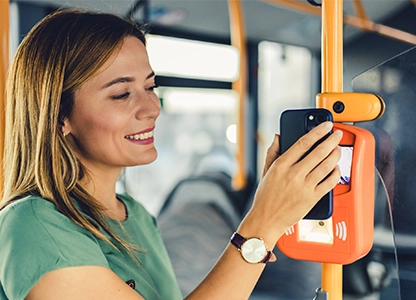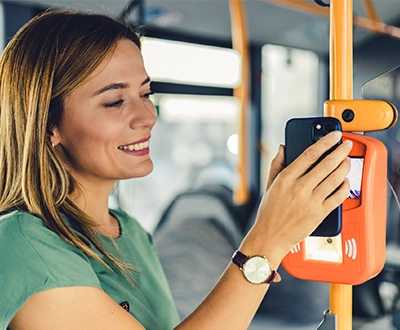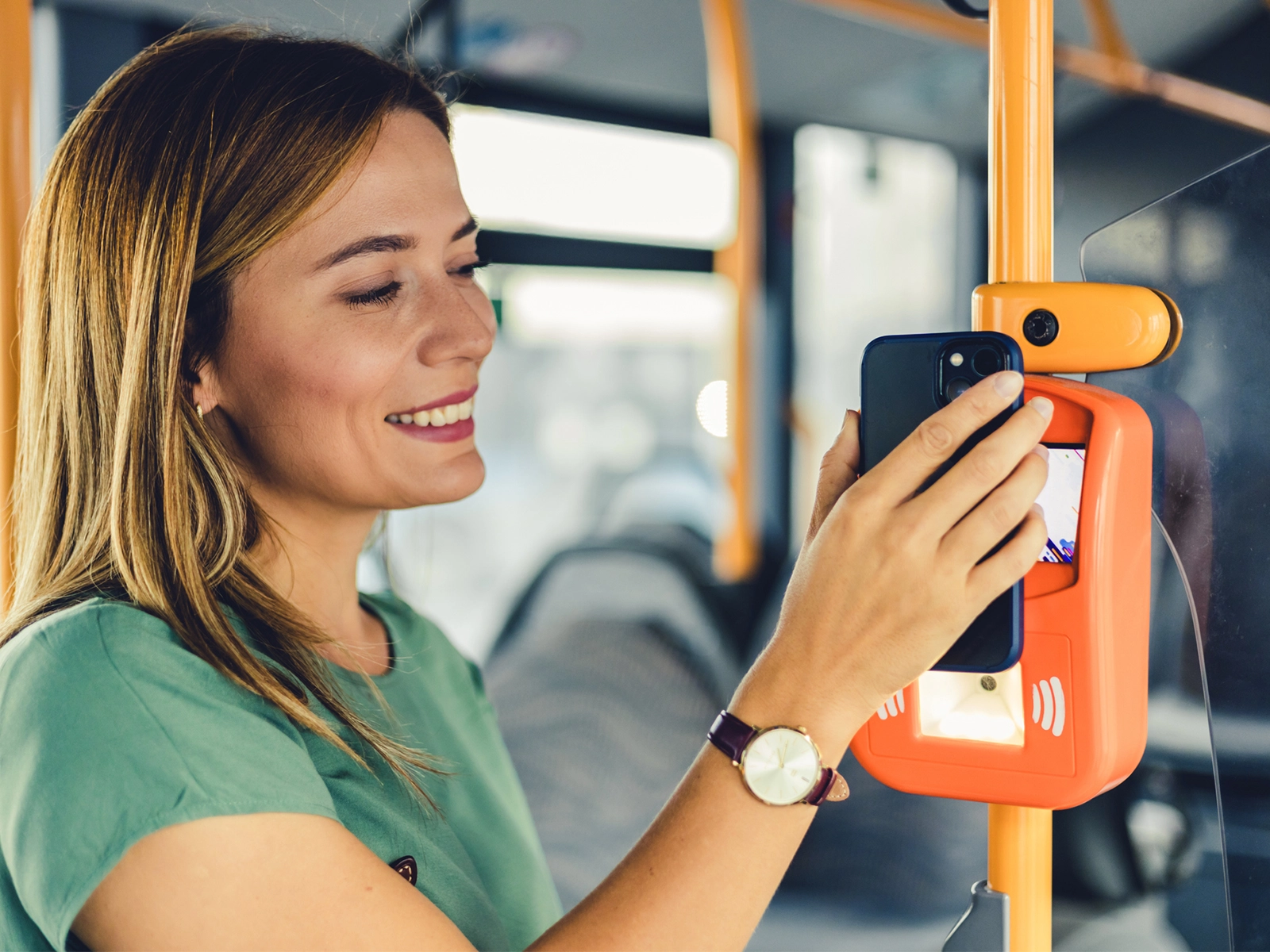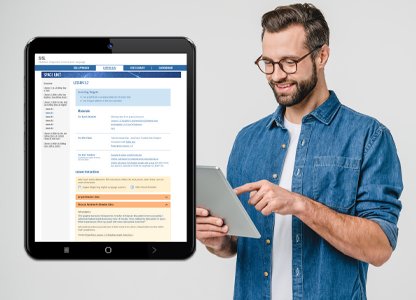Home » News & Resources » Transit Display » The Future of Public Transit: 5 Trends in 2024

The Future of Public Transit: 5 Trends in 2024
Public transit has been resilient despite the past few years’ challenges. Setbacks such as lower ridership due to remote work, budget shortfalls, and more.

The Future of Public Transit: 5 Trends in 2024
Public transit has been resilient despite the past few years’ challenges. Setbacks such as lower ridership due to remote work, budget shortfalls, and more.
The Future of Public Transit: 5 Trends in 2024
Published: 12/01/2023

Public transit has been resilient despite the past few years’ challenges. Setbacks such as lower ridership due to remote work, budget shortfalls, and more. Public transit offers way more than just rail and buses. Transit agencies have found different ways to innovate. Whether it is to help reduce the carbon footprint, offer more transportation options, automate processes, we have seen some trends that will be even more present in 2024. Below are five of these trends.
Automatization of Fare Collection
In the past decades, transit agencies moved from paper/card fare collection, into more automated ways to pay fares. The pandemic also was a determining factor in finding ways to offer contactless payments. Â In 2024, it’s expected to see an increase of transit agencies that will use mobile ticketing. Most of these are looking for solutions that require an application that riders can download to their smartphone.
Companies such as Google are currently working with transit agencies to provide a way to pay from their smartphones. Google Pay would allow riders to pay, show ride history; and this feature is currently available in at least 500 cities.
Decarbonization of Public Transit
Although decarbonization is not a new trend, we are seeing more public transit agencies take seriously the issue of greenhouse gas emissions. This is in part possible thanks to the Bipartisan Infrastructure Law’s funding. The funding emphasizes in supporting sustainable transportation. With this funding, several transit agencies are able to start transitioning from greenhouse gas emissions to renewable energy.
As an example, the District of Columbia has the goal of having 50% of public buses, and other types of light duty vehicles be zero-emissions by 2030.
Micromobility
Micromobility is considered to be lightweight modes of transportation, such as bicycles or scooters that can be borrowed as part of a self-service rental program to use within a town or city. This, along with several other multimodal options, have been part of major cities; but now even smaller cities are getting more micromobility options available.
The city of Pocahontas, IA partnered with a local bikeshare company to provide a bike fleet for people to rent. They keep the cost low by conducting in house repairs by a group of volunteers; and local businesses purchase advertisements.
It is expected to see more small cities adopt some type of micromobility in 2024. Micromobility also is contributing to saving the environment by providing additional travel options that don’t use greenhouse gas emissions.
Microtransit
Another emerging trend is microtransit, which is a form of on-demand bus service. Its route can be highly flexible; with the use of buses, shuttles or vans to provide on-demand or fixed-schedule services. This is not a new trend; in the 1910s, there was the jitney transport, which is a very similar concept to microtransit.
At this time, several transport agencies are experimenting with microtransit to see how it goes. The Virginia DRPT (Department of Rail and Public Transportation) has allocated funds for microtransit in their FY 2024 six-year improvement program.
Also, OmniRide, which serves Prince William County in Virginia, offers microtransit options. This service expands travel options to locations that were not previously served by OmniRide buses. Â
Fare-Free Transit
After the pandemic, public transit struggled with the significant decrease in ridership; mostly attributed to commuters working remotely. Many transit agencies started implementing fare-free transit for a limited time, and some found an increase in ridership and continued offering it indefinitely.
The first city in the nation that offered free public transportation for its residents was Kansas City in Missouri. Currently, DASH bus in Alexandria, Virginia offers fare-free transit; with the purpose of increasing ridership.
These trends may help public transit recover from past challenges. The funding helps modernize transit fleet vehicles, impact positively the environment. Having micromobility, microtransit and other on demand services help reach areas that public transportation may not be able to cover. Public transit also benefits from keeping up with the technology needed to decrease congestion, waiting times and even delays. Even if the initial cost might be high, it will benefit both public transit, and its riders in the long run.
Categories
Digital LearningExperience Design
SEO Tips
User Experience
Website Development
Transit Display
AV Integration


